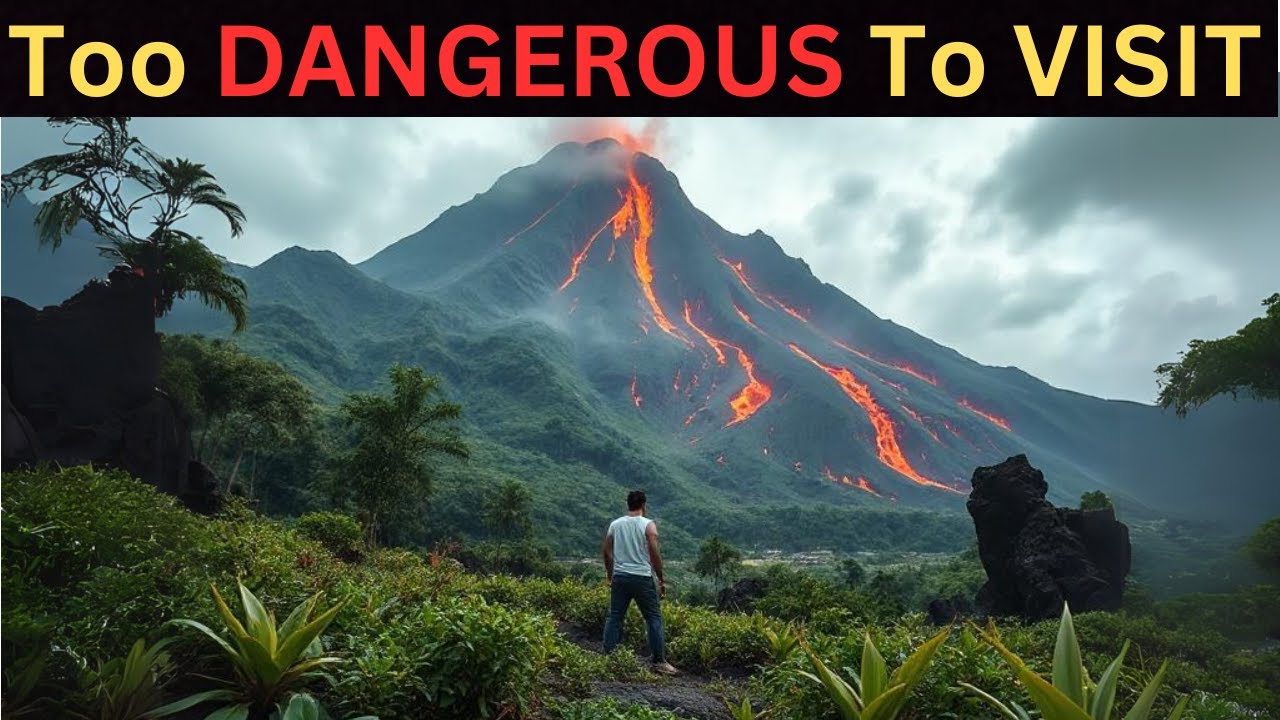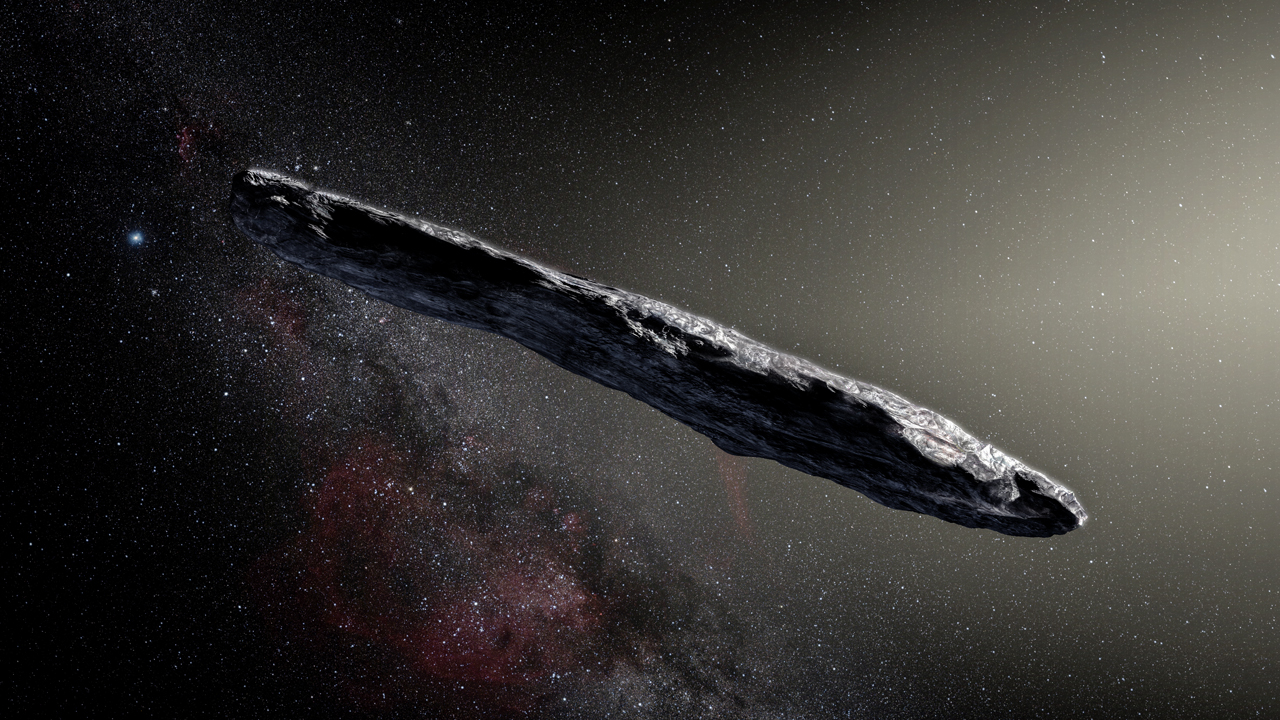For centuries, explorers and archaeologists have searched for fabled cities from ancient myths—places like Atlantis, El Dorado, and the Kingdom of Prester John. While many remain elusive, some legendary lost cities have been found (like Troy and Machu Picchu), proving that where there’s smoke, there’s often fire. These mysterious metropolises, swallowed by jungles, deserts, or the sea, continue to captivate adventurers. Could the next great discovery be just around the corner?
Here are 10 legendary lost cities that might still be out there, waiting to be uncovered. From golden empires to drowned civilizations, these places blur the line between myth and history—and some may soon emerge from the shadows of time.
1. Atlantis 🌊🗺️
The legendary island empire described by Plato continues to captivate imaginations worldwide. According to ancient texts, this advanced civilization possessed technology far beyond its time before catastrophically sinking beneath the waves around 9,600 BCE. Scholars debate whether Plato invented Atlantis as a philosophical allegory about societal hubris or recorded a genuine prehistoric catastrophe.
Recent archaeological discoveries have reignited the search for this fabled city. Underwater structures near the Azores, Santorini’s volcanic caldera, and even Antarctica have been proposed as possible locations. Most intriguingly, sonar scans off Cuba’s coast revealed massive stone formations resembling urban planning at depths suggesting they predate known civilizations. Could these be remnants of a lost maritime culture that inspired Plato’s tale?
2. El Dorado (The Golden City) 🏆🌴
The Spanish conquistadors’ obsession with this mythical city drove countless expeditions to their deaths in the South American jungles. Originally referring to a Muisca tribal chief who covered himself in gold dust for rituals, the legend evolved into visions of an entire golden metropolis hidden in the rainforest. For centuries, adventurers searched in vain for this promised land of unimaginable wealth.
Modern technology may finally be revealing truth behind the myth. LiDAR aerial surveys have uncovered extensive ancient urban networks beneath the Amazon canopy, including sophisticated earthworks and roads. In Colombia’s Lake Guatavita, gold artifacts recovered from ritual offerings confirm the Muisca’s golden ceremonies. While no streets of gold have been found, these discoveries suggest El Dorado may have been inspired by real, wealthy civilizations that vanished into the jungle.
3. The Lost City of Z 🗿🌳
British explorer Percy Fawcett became obsessed with finding an ancient city he called “Z” deep in the Amazon rainforest. His 1925 disappearance during an expedition spawned countless theories, from murder to joining a secret civilization. Fawcett believed the Amazon had once housed a sophisticated culture rivaling the Aztecs, contrary to then-current archaeological consensus.
Recent discoveries have vindicated Fawcett’s theories. Satellite imagery and ground-penetrating radar have revealed massive geometric earthworks across the upper Amazon basin – evidence of the previously unknown Kuhikugu civilization. These findings show the rainforest indeed hosted complex societies before European contact, though whether Fawcett found his City of Z remains one of exploration’s greatest mysteries.
4. The Kingdom of Prester John ✝️🏰
Medieval Europe buzzed with tales of a powerful Christian kingdom in the East, ruled by the priest-king Prester John. Crusaders hoped this mythical realm would help defeat Muslim forces, while explorers like Marco Polo searched for it across Asia. The legend persisted for centuries, shifting locations from India to Africa as new lands were discovered.
Historians now believe the stories combined rumors about several real Christian communities. The most likely inspirations were Ethiopia’s Solomonic dynasty, which did have an isolated Christian empire, and the Nestorian Christian communities along the Silk Road. While no single Prester John’s kingdom existed, the legend reveals how medieval Europeans imagined the wider world beyond their borders.
5. The White City (La Ciudad Blanca) 🏺🐍
Honduran folklore spoke of a “White City” or “City of the Monkey God” hidden in the Mosquitia jungle, its temples overflowing with gold. Aerial surveys in the 20th century revealed possible ruins, but the dense rainforest made verification nearly impossible. The legend gained new life when a 2012 LiDAR scan showed artificial structures beneath the canopy.
In 2015, an archaeological expedition reached the site, finding a previously unknown settlement with plazas, pyramids, and stone sculptures dating to 1000-1400 CE. While not literally a city of gold, this discovery proved that major civilizations existed in regions considered uninhabited. Researchers believe even larger ruins may await discovery in this “lost city” region.
6. Iram of the Pillars (Atlantis of the Sands) 🏜️🌪️
The Quran mentions this wealthy Arabian city destroyed by God for its arrogance, buried beneath shifting sands. Bedouin legends placed it somewhere in the Rub’ al Khali desert’s vast emptiness. For centuries, explorers searched for this “Atlantis of the Sands,” with some like T.E. Lawrence (Lawrence of Arabia) claiming to have found traces.
Modern satellite radar has revealed ancient caravan routes and potential settlements beneath Oman’s deserts. In the 1990s, archaeologists uncovered a significant trading post at Shisr that some believe could be Iram. While definitive proof remains elusive, these findings show how desert trade cities could indeed vanish completely beneath the sands, leaving only faint traces for later generations to ponder.
7. Lyonesse (The Sunken Kingdom) 🌊🏴
Cornish legends tell of Lyonesse, a prosperous land extending beyond today’s Isles of Scilly that sank beneath the waves in a single night. Some versions connect it to Arthurian legend as the home of Tristan. The story shares striking similarities with other flood myths worldwide, particularly Atlantis.
Geological evidence shows sea levels rose dramatically around 1000-1500 BCE, submerging coastal settlements. Sonar mapping has revealed stone walls and field boundaries beneath the waves near the Scillies. While no definitive Lyonesse has been found, these submerged landscapes prove that the legend likely preserves folk memory of actual drowned territories from Britain’s prehistoric past.
8. Aztlán (Aztec Homeland) 🦅🏔️
Aztec codices describe Aztlán as their ancestral homeland, an island paradise where they lived before migrating to central Mexico. The Spanish hoped to find this legendary place to control Aztec origins, while modern Chicano movements have embraced it as a cultural symbol. Its exact location remains hotly debated.
Some scholars place Aztlán in northwest Mexico’s Lake Mexcaltepec, while others suggest it may correspond to ancestral Puebloan sites in the American Southwest. The most compelling theory identifies it with Mexcaltitán, an island town whose layout matches Aztec descriptions. Whether literal or mythological, Aztlán represents the universal human longing for a lost homeland.
9. The Lost City of the Kalahari 🏜️🦁
In 1885, explorer Guillermo Farini claimed to have found massive stone ruins in Botswana’s Kalahari Desert, publishing sketches of arches and walls. Subsequent expeditions failed to relocate his “city,” leading many to dismiss it as a hoax or mirage. Yet the mystery persists, with some believing it could represent an unknown ancient civilization.
Recent geological surveys have found unusual stone formations in the region that could explain Farini’s claims. More intriguingly, archaeologists have discovered evidence of early human habitation and stone tools across the Kalahari, proving it wasn’t always the barren desert it is today. While no grand ruins have emerged, the possibility remains that some ancient settlement lies waiting beneath the sands.
10. Ys (The Breton Atlantis) 🌊🔔
Breton folklore tells of Ys, a magnificent city built below sea level behind protective dikes. When the king’s daughter Dahut gave the keys to a demon lover, the gates opened and the sea swallowed Ys forever. Fishermen claim to still hear its church bells ringing beneath the waves during storms.
Geologists note that Brittany’s coastline has changed dramatically over centuries, with many settlements lost to rising seas. The legend may preserve memory of real submerged cities like Ker-Is. In 2019, sonar revealed unusual structures off Brittany’s coast, though whether they relate to Ys remains unproven. Like all great flood myths, Ys warns of humanity’s fragile relationship with the sea while preserving cultural memory of lost lands.
Final Thoughts 🗝️🌌
These lost cities remind us that ancient myths often contain kernels of truth. With new technologies like LiDAR and underwater sonar, explorers are uncovering forgotten civilizations faster than ever.
Could the next great discovery be just beneath our feet—or hidden in plain sight?



